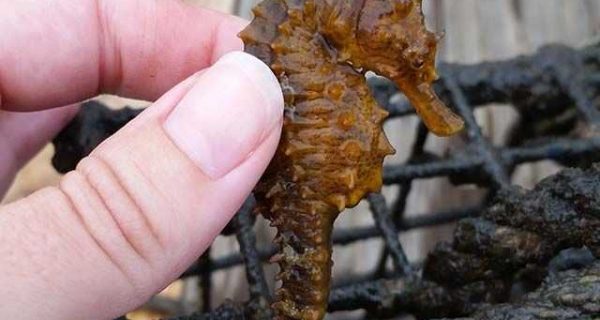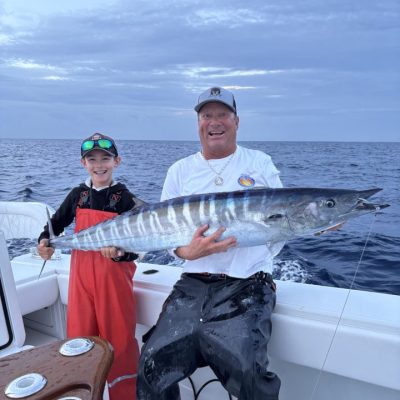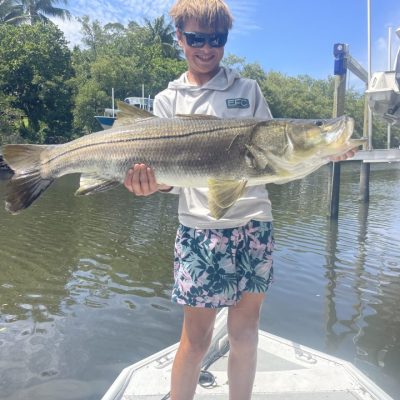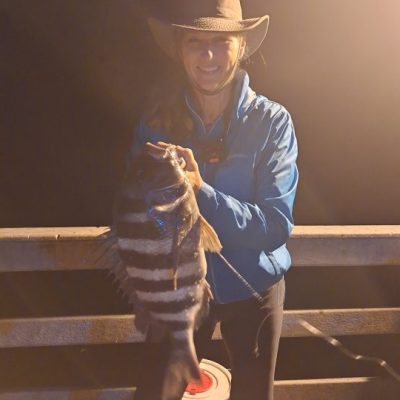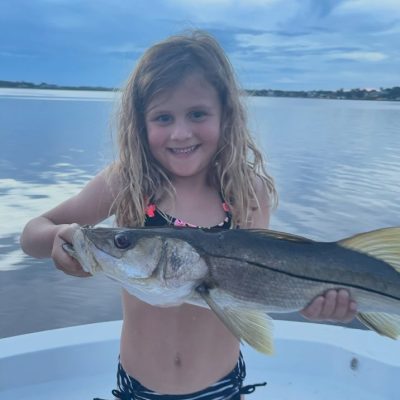Conservation
Environmental and waterway news.
Latest in Conservation
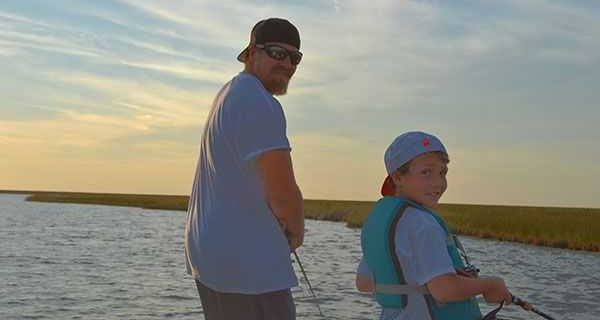
FWC UPDATE: Guy Harvey hard-card license and season updates
The “I DO” campaign features images of real Floridians who support conservation by purchasing a Florida hunting or fishing license.Oyster Restoration: From restaurant to reef, all in the name of improving habitats
What’s the point of devoting money and manpower to extensive oyster reef restoration if we can’t eat them? Simply put, oysters are hardly a one-trick pony. Here’s a quick rundown of the benefits of our local oysters, even though we can’t slurp them down with Tabasco and a cold beer.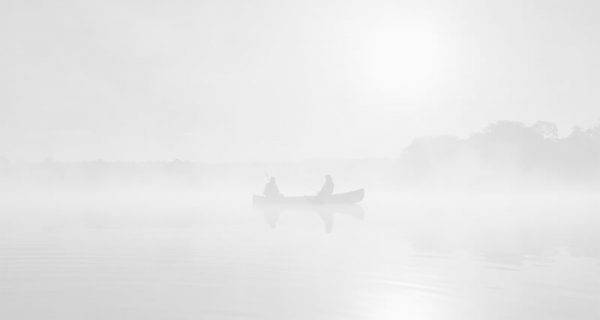
Celebrate Florida’s first annual Lionfish Removal and Awareness Day May 16 with FWC and partners
The Florida Fish and Wildlife Conservation Commission (FWC) is celebrating its inaugural Lionfish Removal and Awareness Day by hosting and promoting a weekend of exciting events across the state, starting Saturday, May 16, including a festival in Pensacola. Lionfish Removal and Awareness Day (established to be the first Saturday after Mother’s Day each year) was created by FWC Commissioners to help draw attention to the lionfish issue. Lionfish are a nonnative, invasive species that have a potential negative impact on native species and habitat.
Florida Oceanographic to Host Free Youth Fishing Clinic April 19
Florida Oceanographic Society will host the 4th annual Game Fish and Fish Games on Sunday, April 19 from 8:45 to 11:30 a.m. for children ages 8–14. This free fishing clinic will take place at the Florida Oceanographic Coastal Center, 890 N.E. Ocean Blvd. on Hutchinson Island in Stuart.
Martin County Lionfish Program to present “Lionfish Clinic and Hunt”
Martin County’s Lionfish Program in conjunction with the Martin County Artificial (MCAC) Reef Fund will host a Lionfish Clinic and Hunt, on April 24th & 25th at the Loxahatchee River Center in Jupiter.